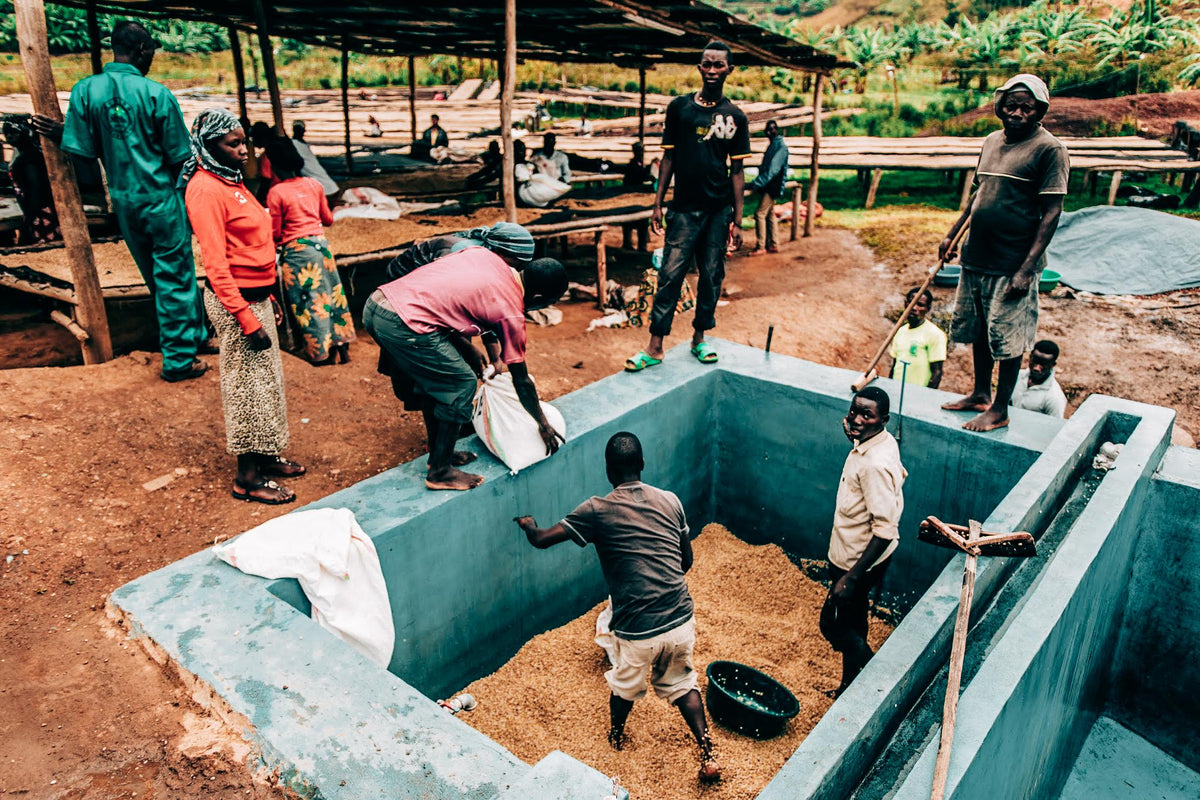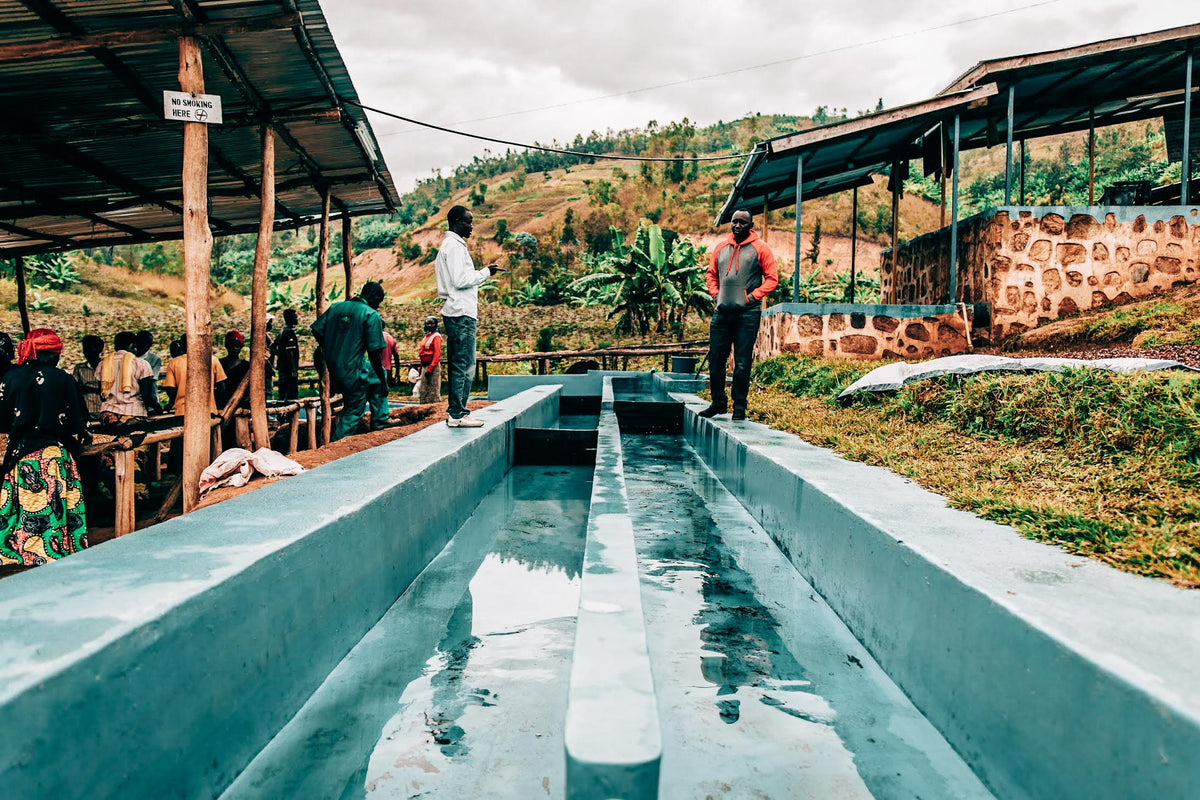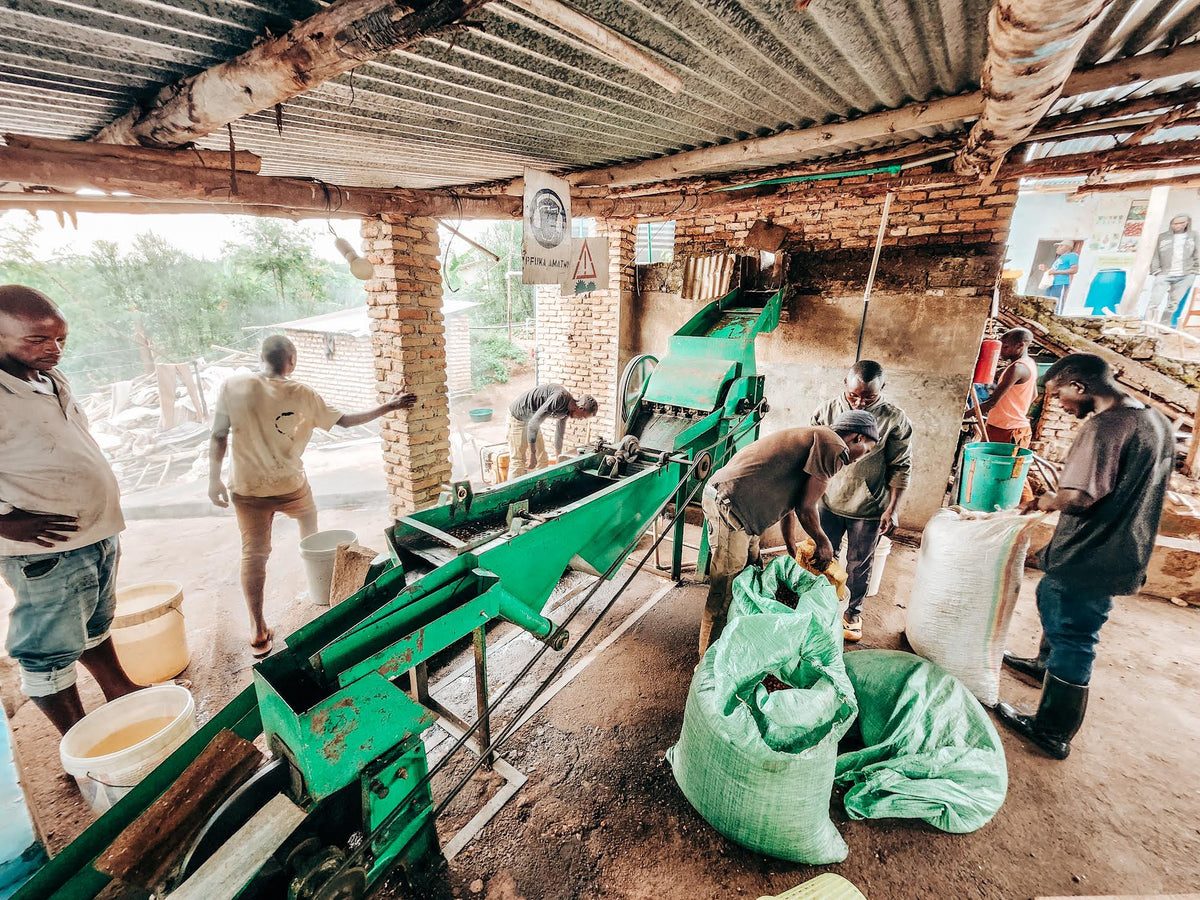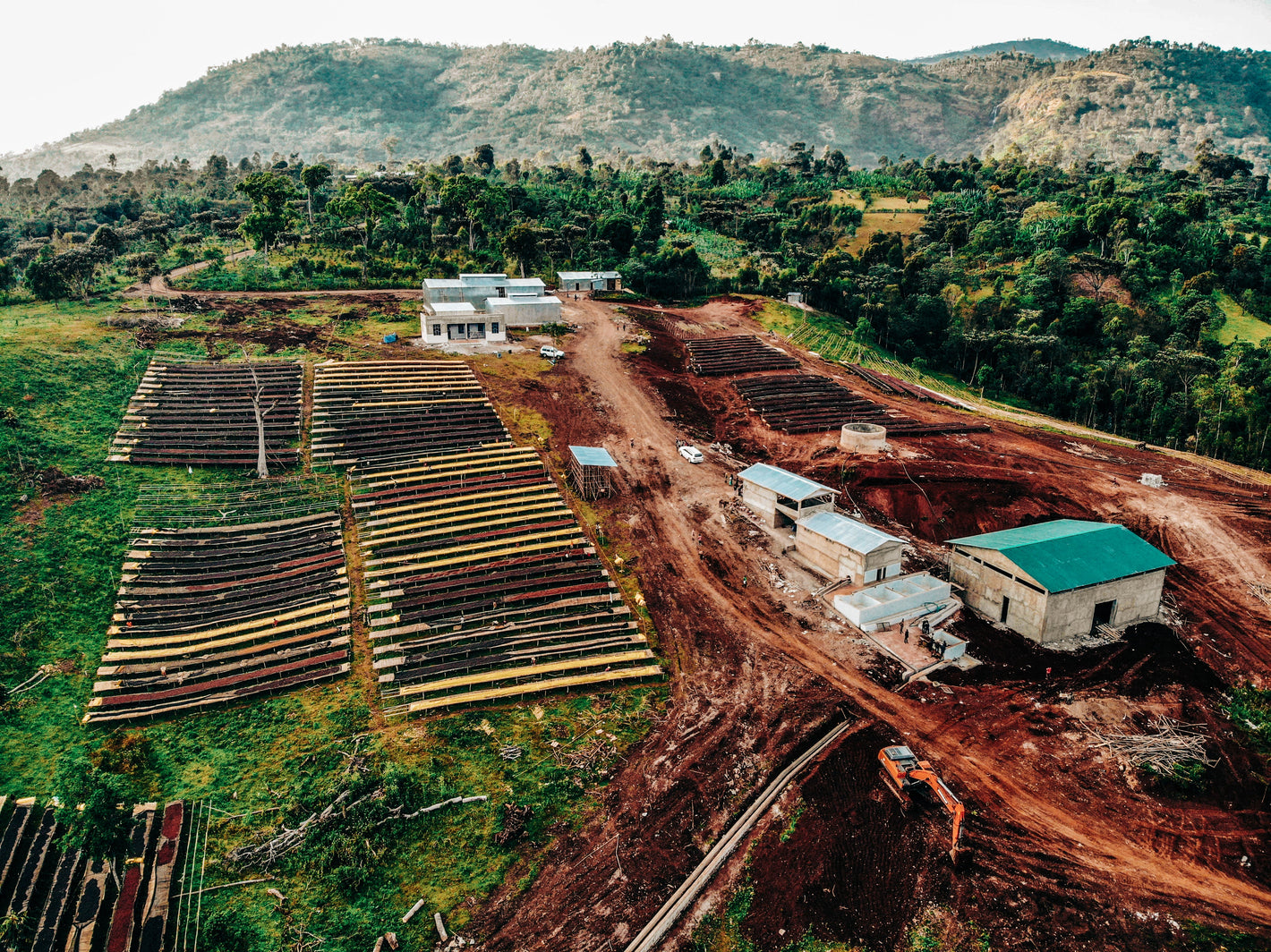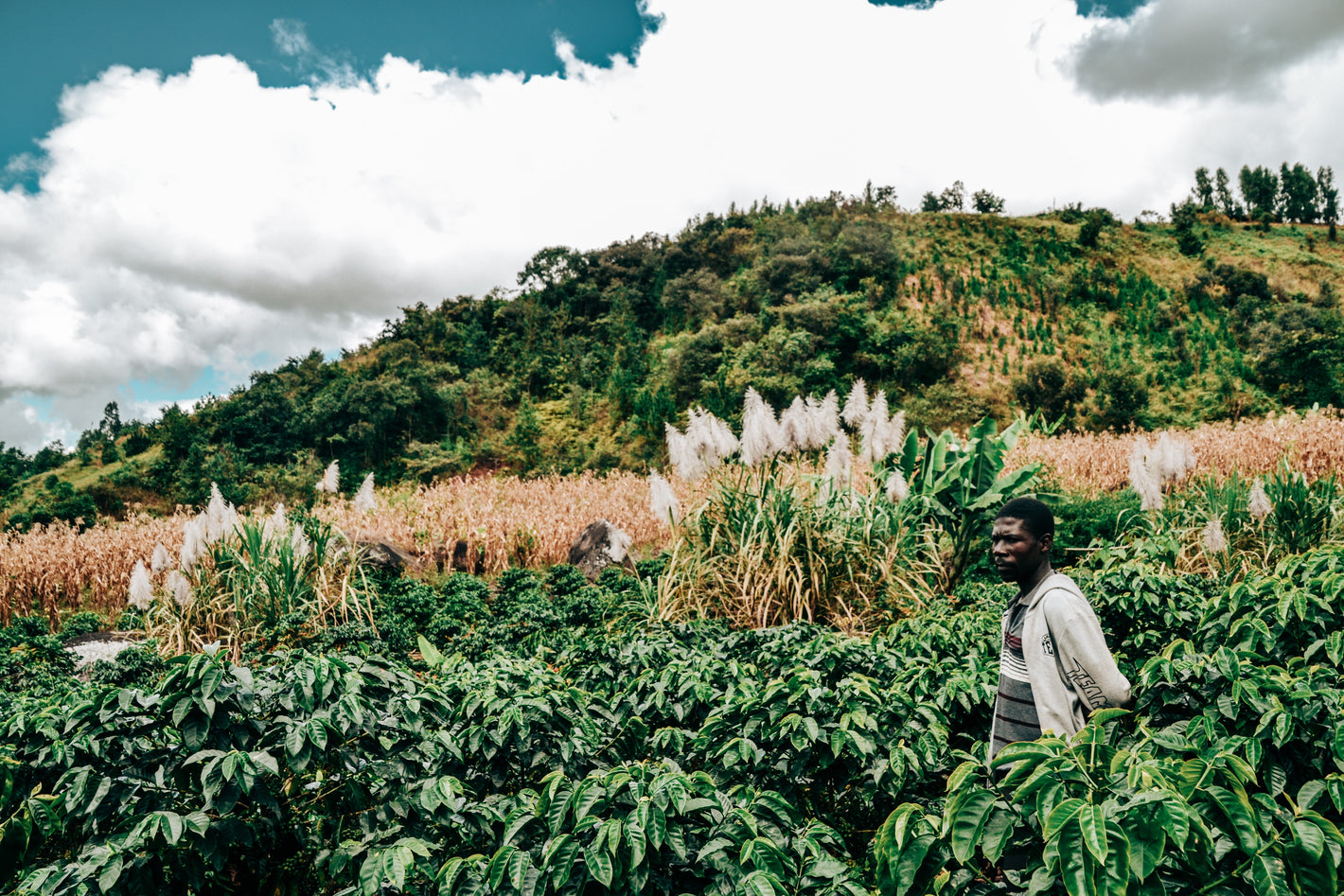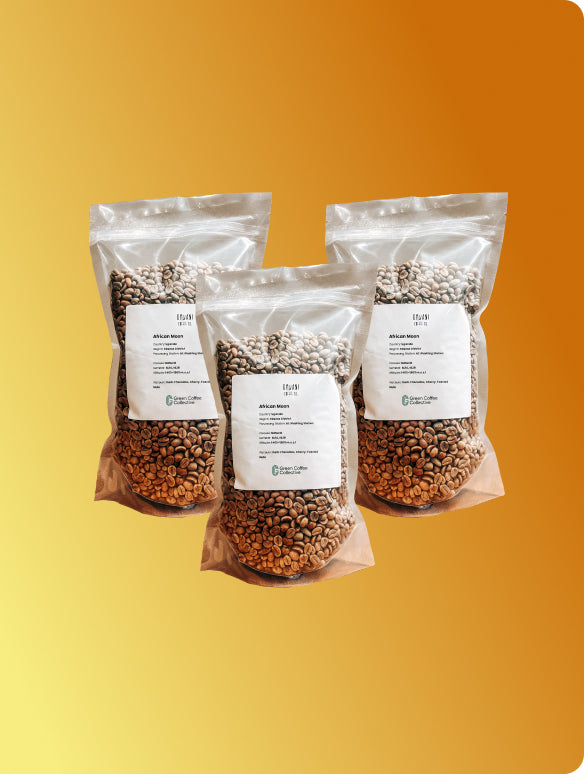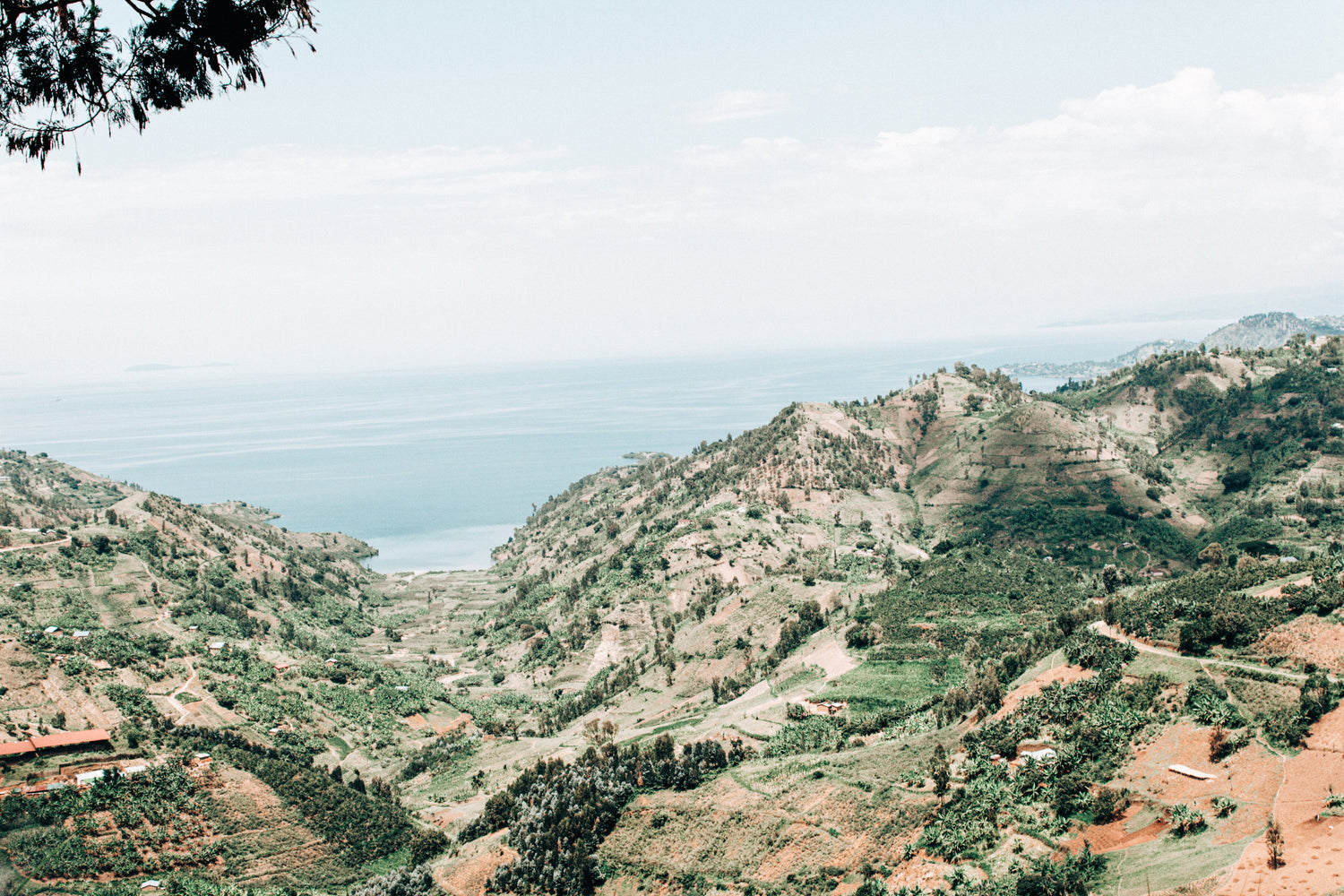
Rwanda Green Coffee Beans
What sets Rwandan coffee apart is the nation's commitment to quality over quantity. Rather than focusing on high-volume commercial production, the government has invested heavily in the development of specialty coffee, enabling the country to position itself in the global speciality coffee market. 95% of coffee grown in Rwanda is bourbon, but it is prized for the renowned red bourbon varietal.
-
Rwanda Rugali Honey
Cupping Score84.5Processing methodVarietalRed BourbonMain flavour notesMelon | Spices | Black TeaOut of Stock -
Mbare Lot 2
Cupping Score85.25Processing methodVarietalRed BourbonMain flavour notesBlack Tea | Brown Sugar | Candied CitrusOut of Stock
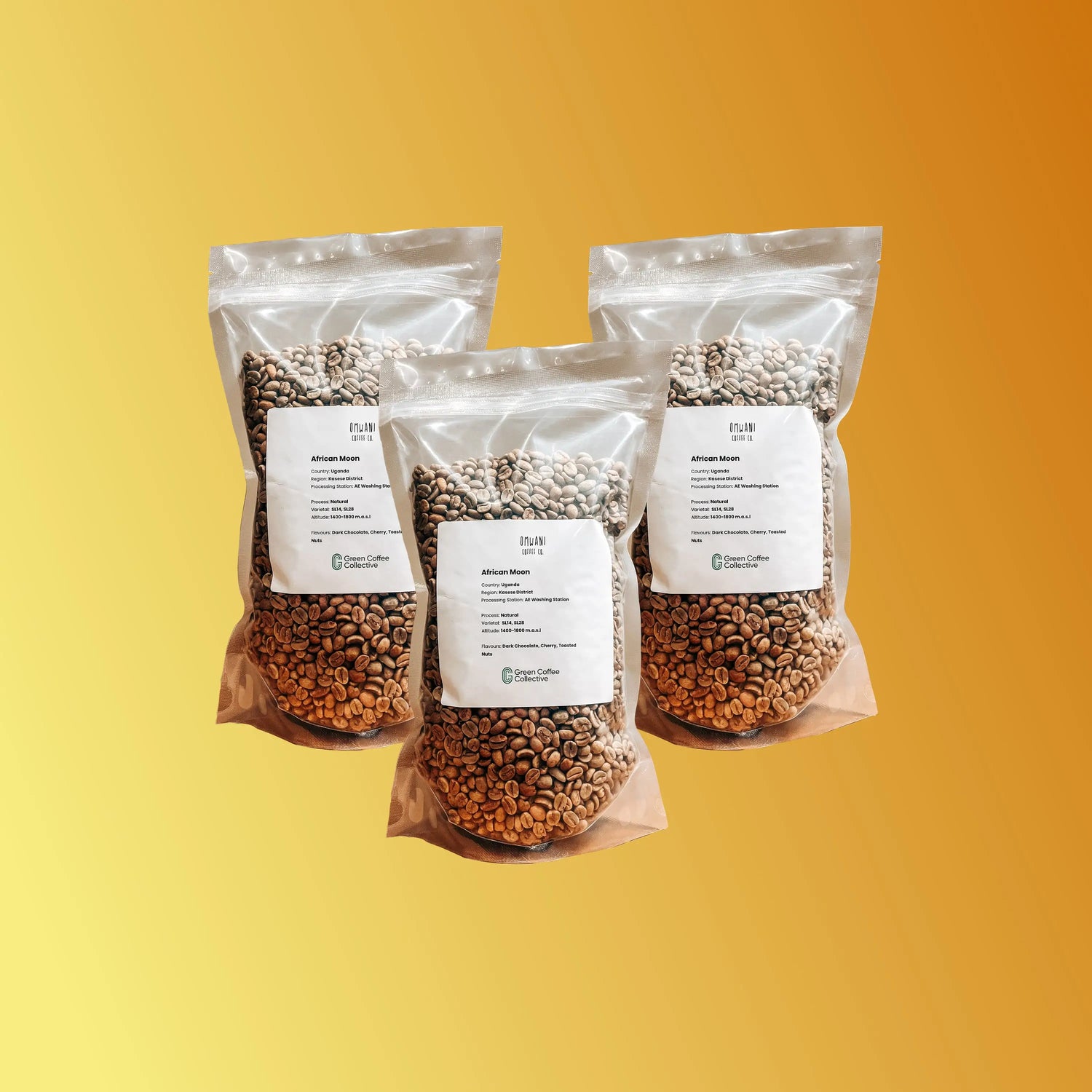
Your guide to Rwanda Green Coffee Beans
-
What is special about Rwandan coffee?
-
What types of coffee are grown in Rwanda?
-
What is the flavour of Rwandan coffee?
-
How do we source coffee from Rwanda?
-
Discover Rwanda Green Coffee Beans: Elegant Acidity from East Africa’s Highlands
-
Why Rwanda Green Coffee Beans Are Famous
-
Why Roasters Love Rwanda Green Coffee Beans
-
Flavor Profile & Cupping Notes
-
Coffee-Growing Regions of Rwanda
-
Varietals & Species
-
Harvest Seasons & Availability
-
Processing Methods in Rwanda
-
Notable Varieties of Rwanda Green Coffee Beans
-
Usage & Versatility of Rwanda Green Coffee Beans
-
Best Brewing Methods for Rwanda Green Coffee Beans
-
Quality Standards for Green Coffee Beans in Rwanda
-
Sourcing & Traceability
-
Buy 100% High-Quality Rwanda Green Coffee Beans
